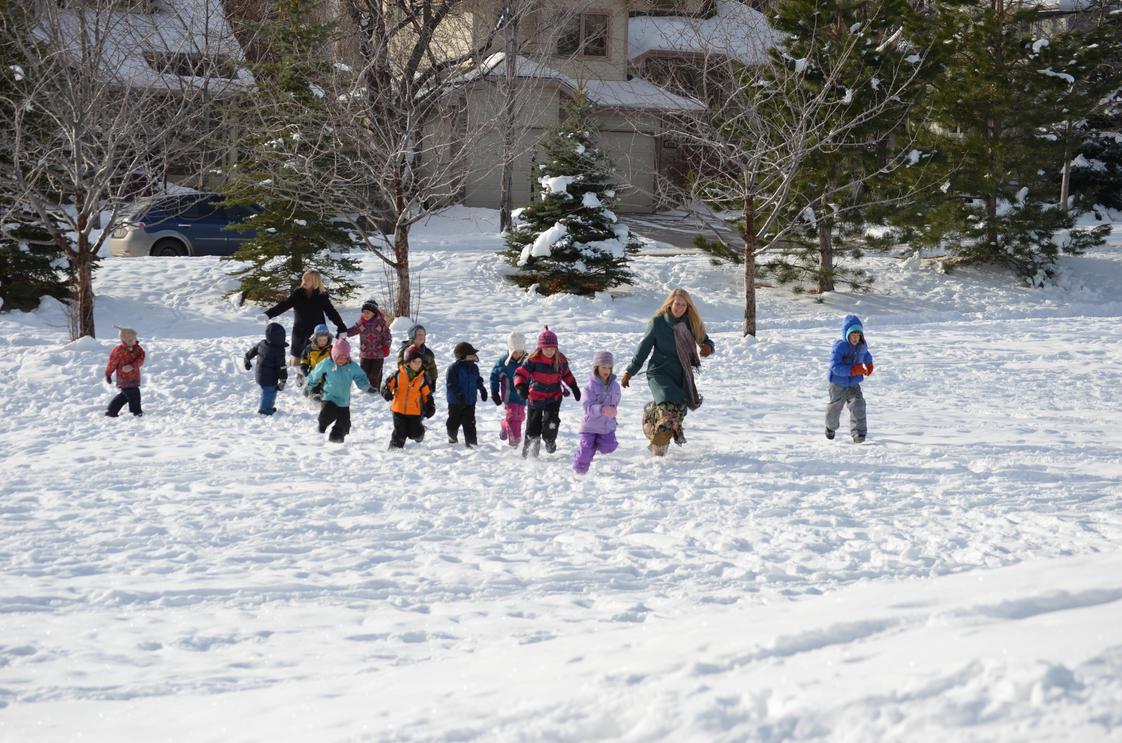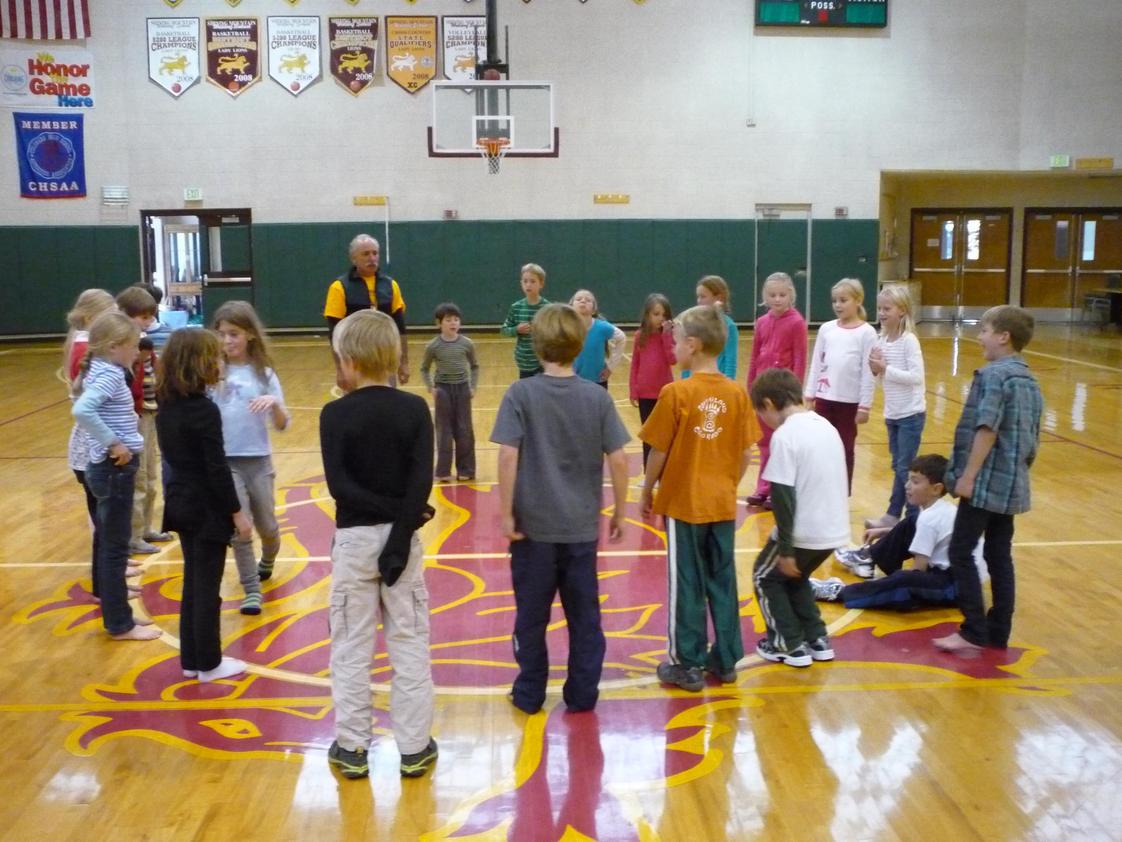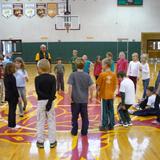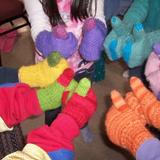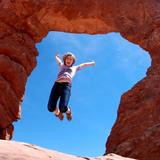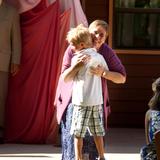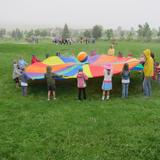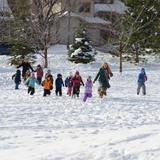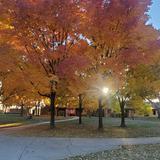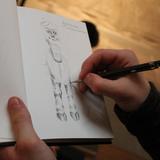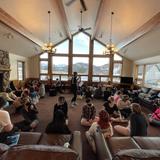Quick Stats (2025)
- Top Ranked CO School
- School Type: School with Special Program Emphasis
- Grades: Prekindergarten-12
- Enrollment: 200 students
- Yearly Tuition: $18,375
- Acceptance rate: 75%
- Average class size: 20 students
- Application Deadline: Feb. 1 / rolling
- Source: Verified school update
Top Rankings
Shining Mountain Waldorf School ranks among the top 20% of private schools in Colorado for:
School Overview
Student Body
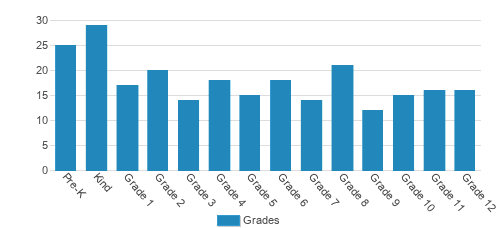
Academics and Faculty
Tuition and Acceptance Rate
Sports
Extracurriculars
3-D Arts, A Capella Choir, Choir, Fine Arts, Orchestra, Theatre
School Notes
MISSION STATEMENT
The mission of Shining Mountain Waldorf School is to provide a
comprehensive education that engages and nurtures the child
physically, emotionally, mentally and spiritually. Our
age-appropriate curriculum, which integrates academics, the arts
and practical studies, has its wellspring in the spiritual insight
of Rudolf Steiner. We seek to cultivate each student`s individual
gifts, to encourage independent thinking and imagination, and to
foster a life-long love of learning. Our goal is to enable students
to become balanced, vigorous, life-affirming and compassionate
iindividuals. In pursuing this goal, we endeavor to involve our
community in the practice of cultural renewal.
Waldorf education addresses the child as no other education does. Learning, whether in chemistry, mathematics, history, or geography, is imbued with life and so with joy, which is the only true basis for later study. Education grows into a union with life that serves Waldorf students for decades. By the time they reach us at the college or university level, these students are grounded broadly and deeply and have a remarkable enthusiasm for learning. Such students possess the eye of the discoverer, and the compassionate heart of the reformer which, when joined to a task, can change the planet.
Dr. Arthur Zajonc, Professor of Physics, Amherst College
PHILOSOPHY
What does it mean to be a Waldorf school
Shining Mountain, like all Waldorf schools, is rooted in the methods and philosophy of Rudolf Steiner, Austrian-born scientist, educator and philosopher. Steiner`s legacy is a monumental body of timeless work that crosses many disciplines, including agriculture, medicine, education, spirituality, human development and cultural renewal.
Stages of Human
Development
The Waldorf approach works with human nature and recognizes that
capacities emerge in students at fairly predictable stages, while
also allowing room for individual rates of maturation. This
recognition of a metamorphosis of comprehension underlies both the
organization of the curriculum itself and the changing methods of
teaching throughout the twelve years. Rudolf Steiner saw human
development unfolding in seven-year stages:
Until age six or seven: Children learn primarily through physical activity and imitation. The goal at this stage is to provide a warm, calm, secure, aesthetic environment that nourishes the senses, the imagination, and the creativity of the young child. The 3 Rs are Reverence, Repetition, and Rhythm. Through storytelling, arts and crafts, and healthy movement, a strong foundation is laid for formal academics beginning in first grade.
From age seven until fourteen: Children at this stage learn best when academics appeal to the feeling life, and lessons are conveyed through an artistic medium such as painting, drama, music, storytelling, and other direct experiences that stir their emotions. A sense of beauty, harmony, and rhythm permeates the day, engaging children and supporting their learning.
In the High School: Themes and methods stimulate higher-level intellectual skills. Now is the time that the forces of imagination - carefully cultivated in the early years - transform into analytic, synthetic, and evaluative thinking skills in the adolescent.
An Interdisciplinary
Structure
The Waldorf approach relies upon an interdisciplinary structure
within each grade level and progressing through the years. At the
core of Waldorf education is Steiner`s emphasis on achieving
balance between the three distinct ways that humans relate to the
world: through thinking, through the life of the emotions, and
through physical activity. Long before educational research
confirmed the idea of "multiple intelligences," Steiner understood
the need to balance the head, heart, and hands. At Shining
Mountain, diverse modalities of teaching are integrated to ensure
that students encounter a variety of learning styles. As a result,
each child is able to comprehend classroom material and find
positive areas of self-expression.
Role of the Arts
The arts permeate all aspects of school life at Shining Mountain.
Fine and practical arts painting, sculpting, drawing, singing,
instrumental ensembles, woodwork, handwork, drama, movement
provide:
- a bridge for social interaction
- a way of knowing, i.e., a cognitive process that stresses observation and discernment
- an education of the senses, which awakens us to the wonder permeating our world and our humanity
- a humanizing activity that allows us to feel our co-creative abilities with others
- a discipline that teaches patience, flexibility, concentration.
Academics come alive when conveyed through an artistic medium. Every detail imaginable contributes consciously to the totality of the Waldorf learning experience: the colors in the classroom; the colored chalk drawings on the board; the rhythm of the lesson and the day; the way the teacher speaks, moves, and balances humor with seriousness.
Movement
At Shining Mountain the movement curriculum recognizes that healthy
physical activity lays the foundation for healthy brain and neural
development; enhances physical, emotional, ethical, and spiritual
aspects of the human being; and provides a vital pathway for
self-exploration. We structure our program to strengthen different
abilities at each stage of development.
Cooperative games in the early grades yield to competitive sports in middle and high school. Circus arts, such as juggling, riding the unicycle, and tumbling, improve posture, balance, coordination, self-confidence, and strength. Eurythmy, an art of movement that expresses the quality, mood, and dynamic force of speech and music through gesture, cultivates in students an awareness of personal and group space and contributes to sensitivity in the language and social realms.
Teacher-Student
Relationship
Waldorf education at Shining Mountain embraces the living, direct
relationship between teacher and student as the optimum catalyst
for successful learning. Our teachers model an extraordinary
capacity for knowledge, creativity, and the sheer love of
discovery, motivating students toward academic success and a keen
sense of wonder, purpose, and personal fulfillment.
An Educational Community
We recognize that healthy individualization goes hand-in-hand with
community building. Parents, teachers, and staff weave a rich
social texture around and with the students through special events,
field trips, and seasonal festivals.
Moreover, we work out of a comprehensive view of humankind that honors various spiritual traditions. We acknowledge that in our essential nature, human beings are alike, part of a global humanity. Thus, we strive to awaken social responsibility, service to the community, and stewardship of the Earth.
The need for imagination, a sense of truth and a feeling of responsibility these are the three forces which are the very nerve of education.
Rudolf Steiner
Frequently Asked Questions
How much does Shining Mountain Waldorf School cost?
What is the acceptance rate of Shining Mountain Waldorf School?
What sports does Shining Mountain Waldorf School offer?
What is Shining Mountain Waldorf School's ranking?
When is the application deadline for Shining Mountain Waldorf School?
In what neighborhood is Shining Mountain Waldorf School located?
School Reviews
Endorse Shining Mountain Waldorf School. Endorsements should be a few sentences in length. Please include any comments on:
- Quality of academic programs, teachers, and facilities
- Availability of music, art, sports and other extracurricular activities
- Academic or athletic awards
Recent Articles




